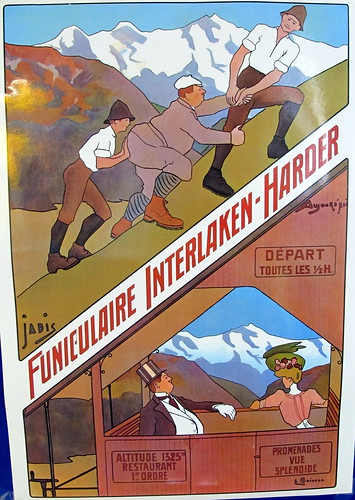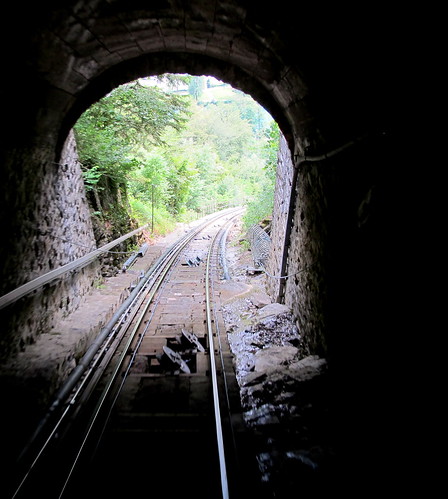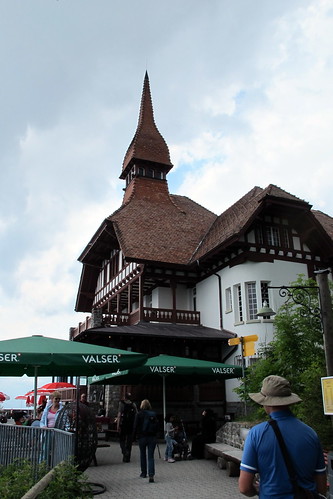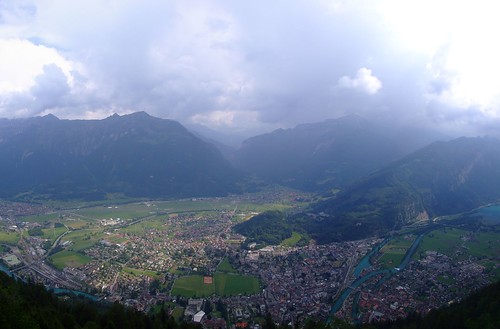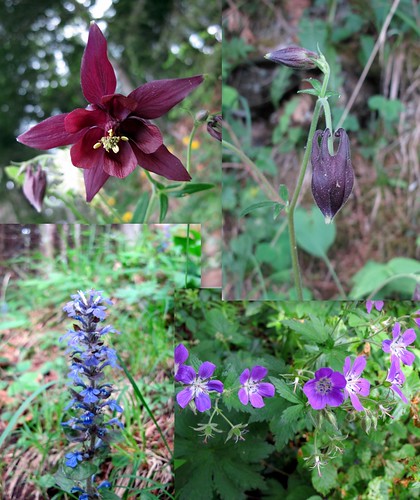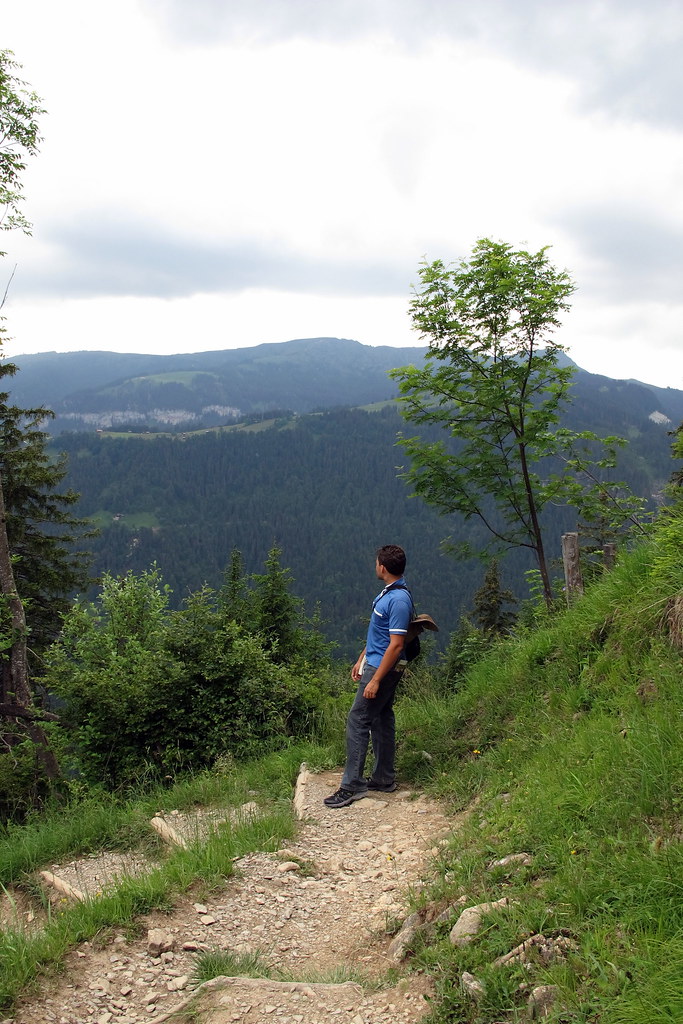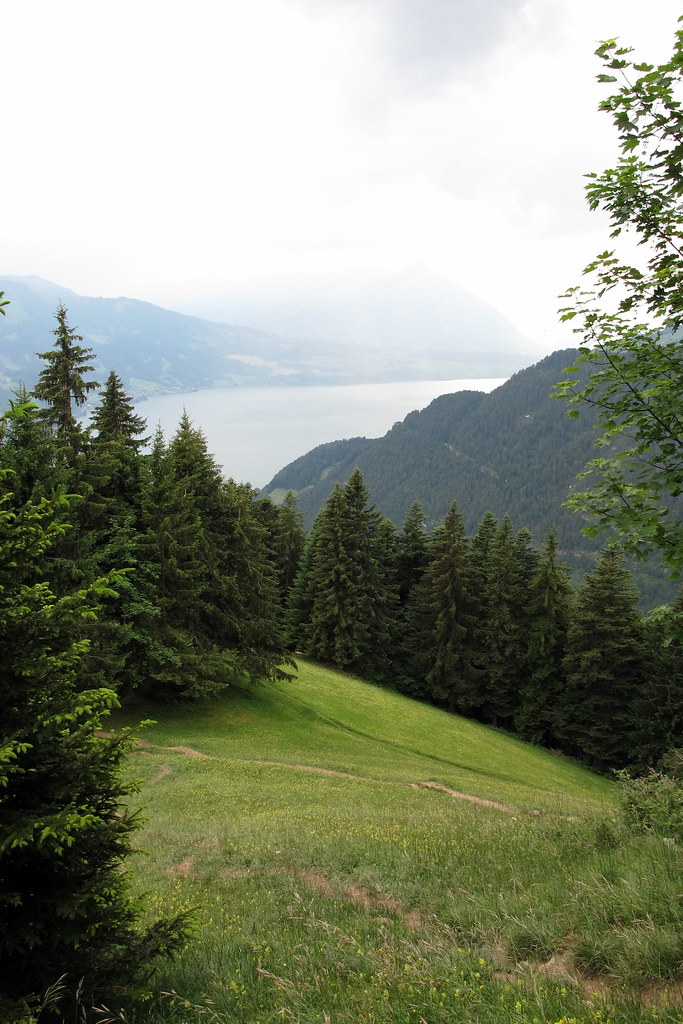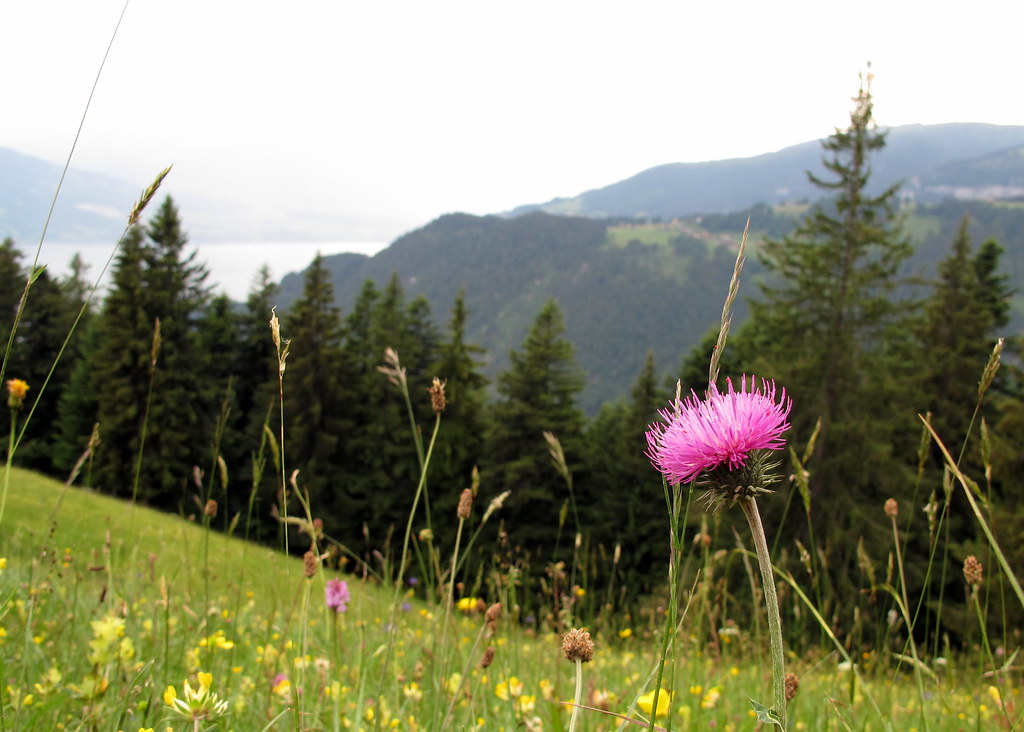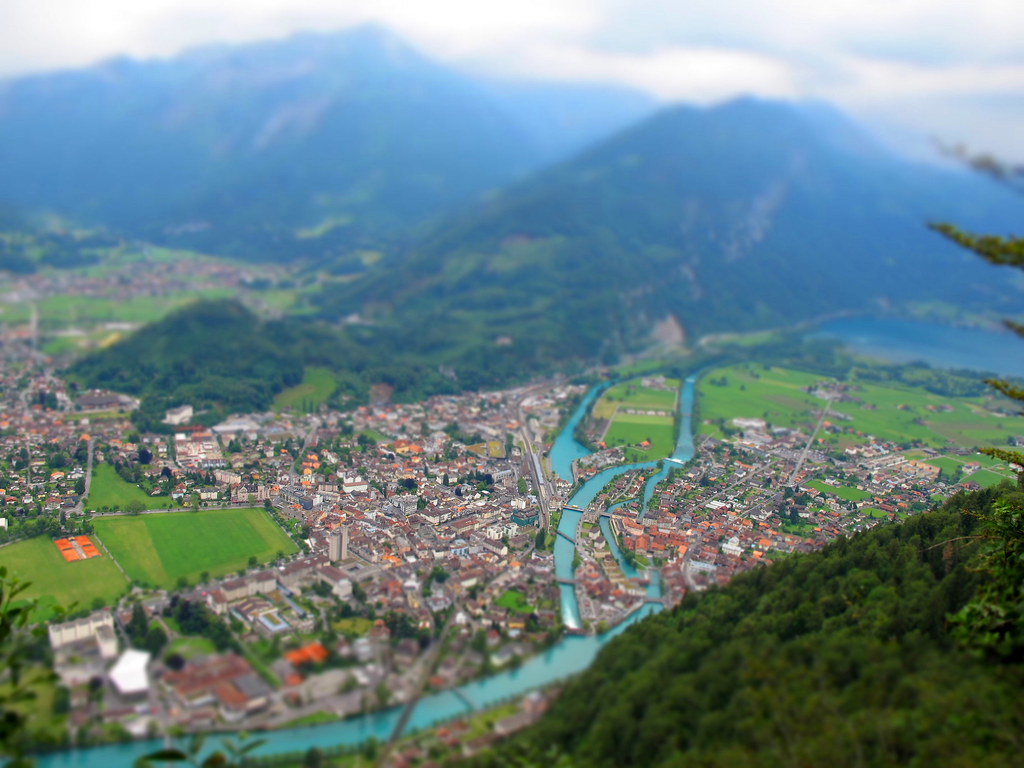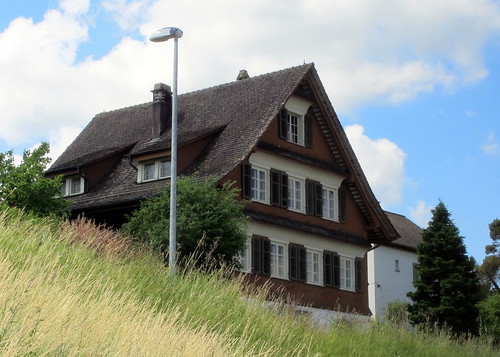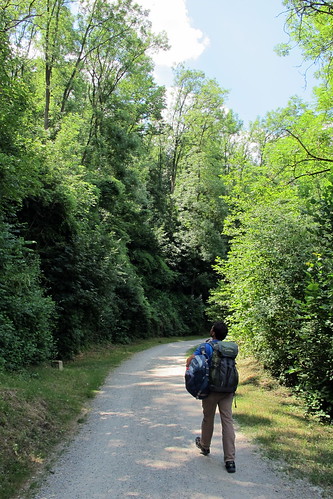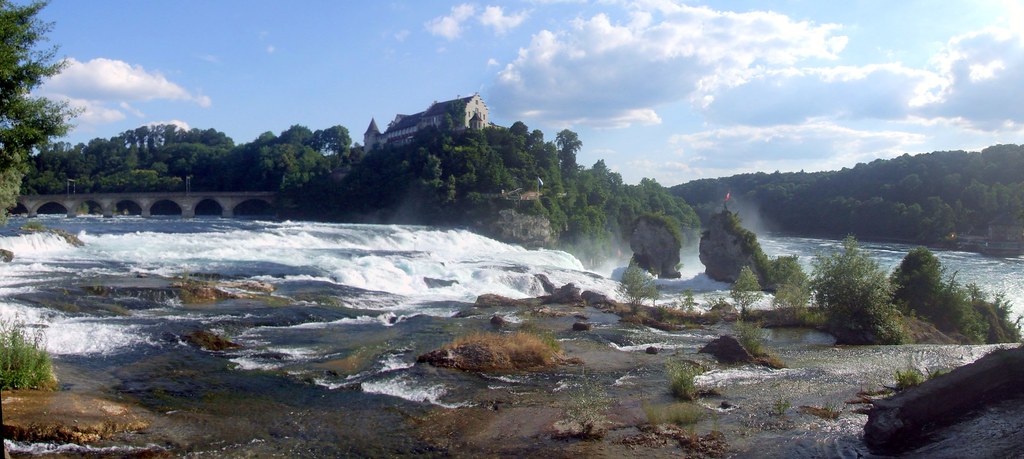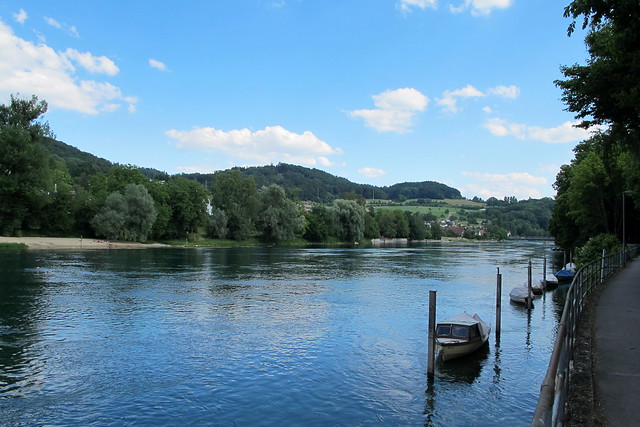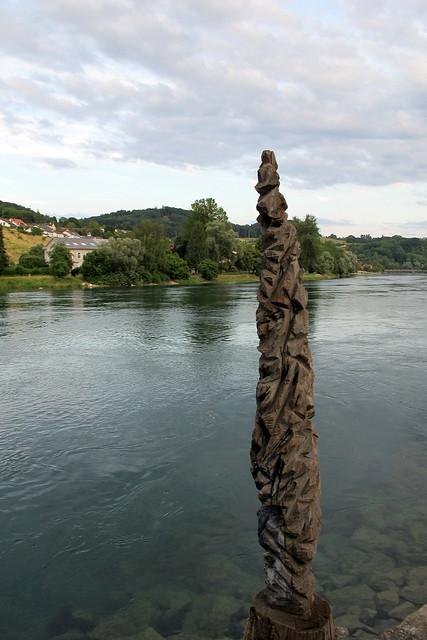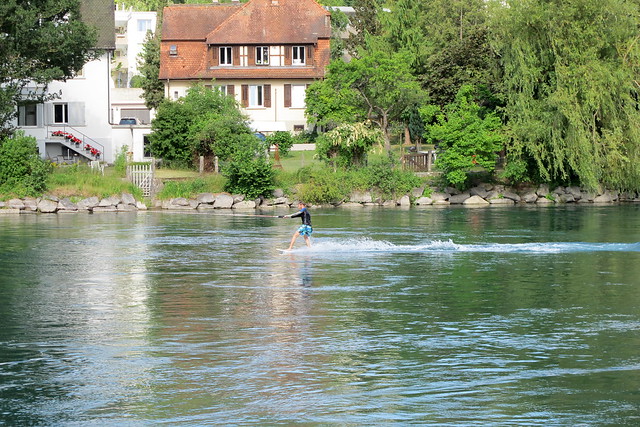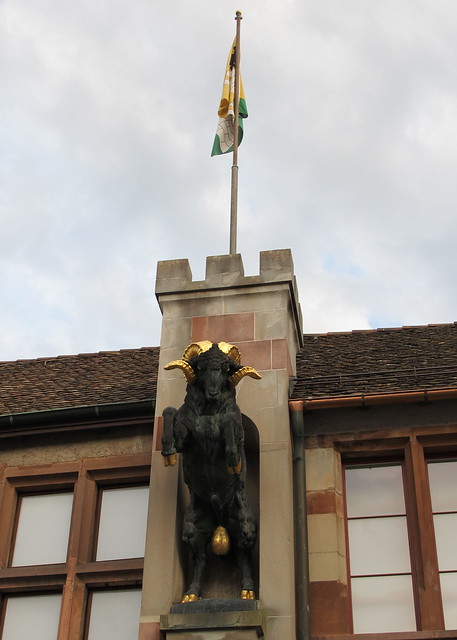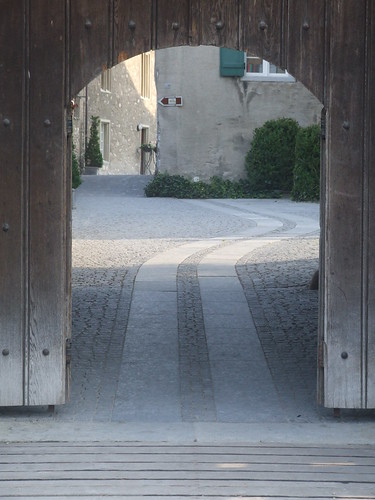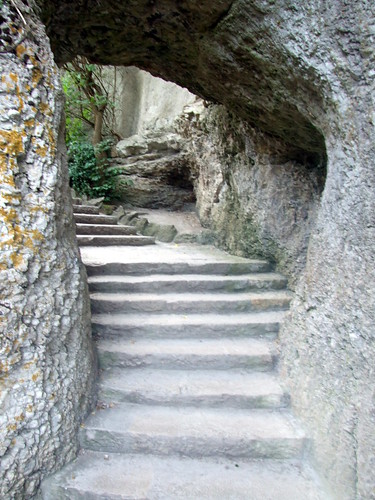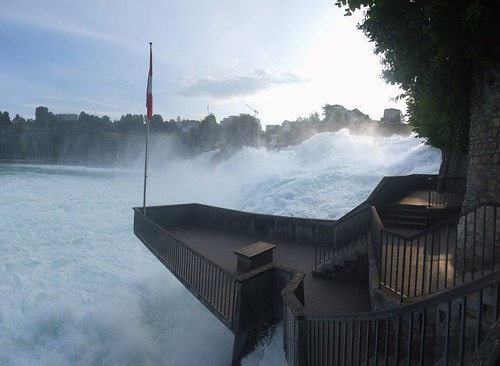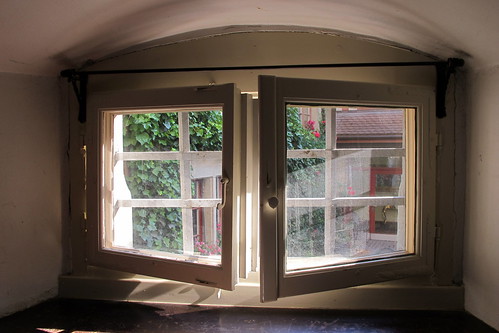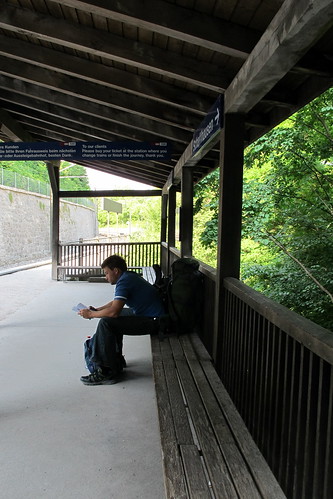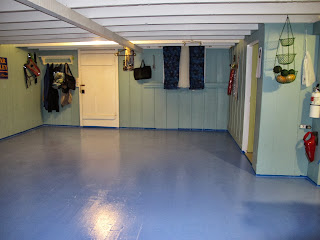With the state of Hawaii awaiting landfall of two hurricanes now is as good a time as any to look briefly at Hawaii and hurricanes.
There are several naming conventions for this type of storm. Tropical cyclones are classified differently by different meteorological organizations (Link). Currently Iselle and Julio have wind speeds of between 64-71 knots (119-131 km/h, 74-82 mph) and are menacing Hawai’i, which classifies them both as Category 1 hurricanes. A cyclone of the same wind speed could be alternately classified as a Typhoon, Severe Tropical Storm, Severe Cyclonic Storm or Category 2 tropical cyclone depending on where it occurs and who makes the classification. Hurricane is the name used across the Atlantic and northeast Pacific, with typhoon largely used in the northwestern Pacific.
The hurricane season for the Eastern Pacific spans May 5th through November 30th (Link), although the season for Hawai’i trends towards starting in July and ending in December, with a notable peak in September (Link). Before 1949 records of eight possible tropical cyclones have affected Hawai'i, with 38 occurring since, combined being responsible for 12 deaths.
So, what about Iselle and Julio?
Aside from Kauai, hurricanes have a remarkable tendency to narrowly miss the main Hawaiian islands (Figure 1, from PDF), and while Iselle is directly on track for the islands, Julio is forecast to swing north (Link). When a storm does hit Hawai’i, winds in excess of 75 mph are the most likely to cause extensive damage, and winds going downslope have the most destructive potential (PDF).
-Kai

